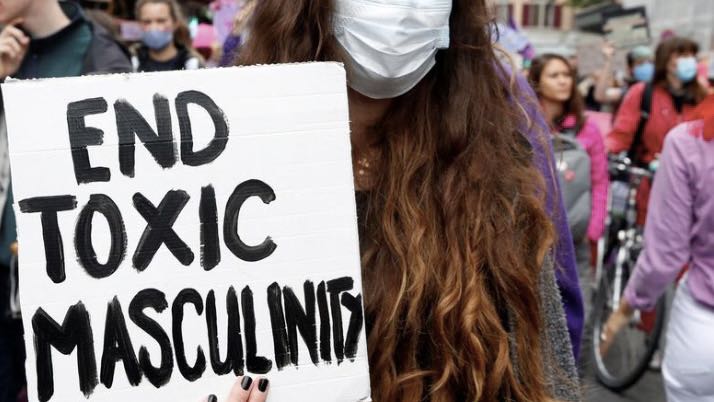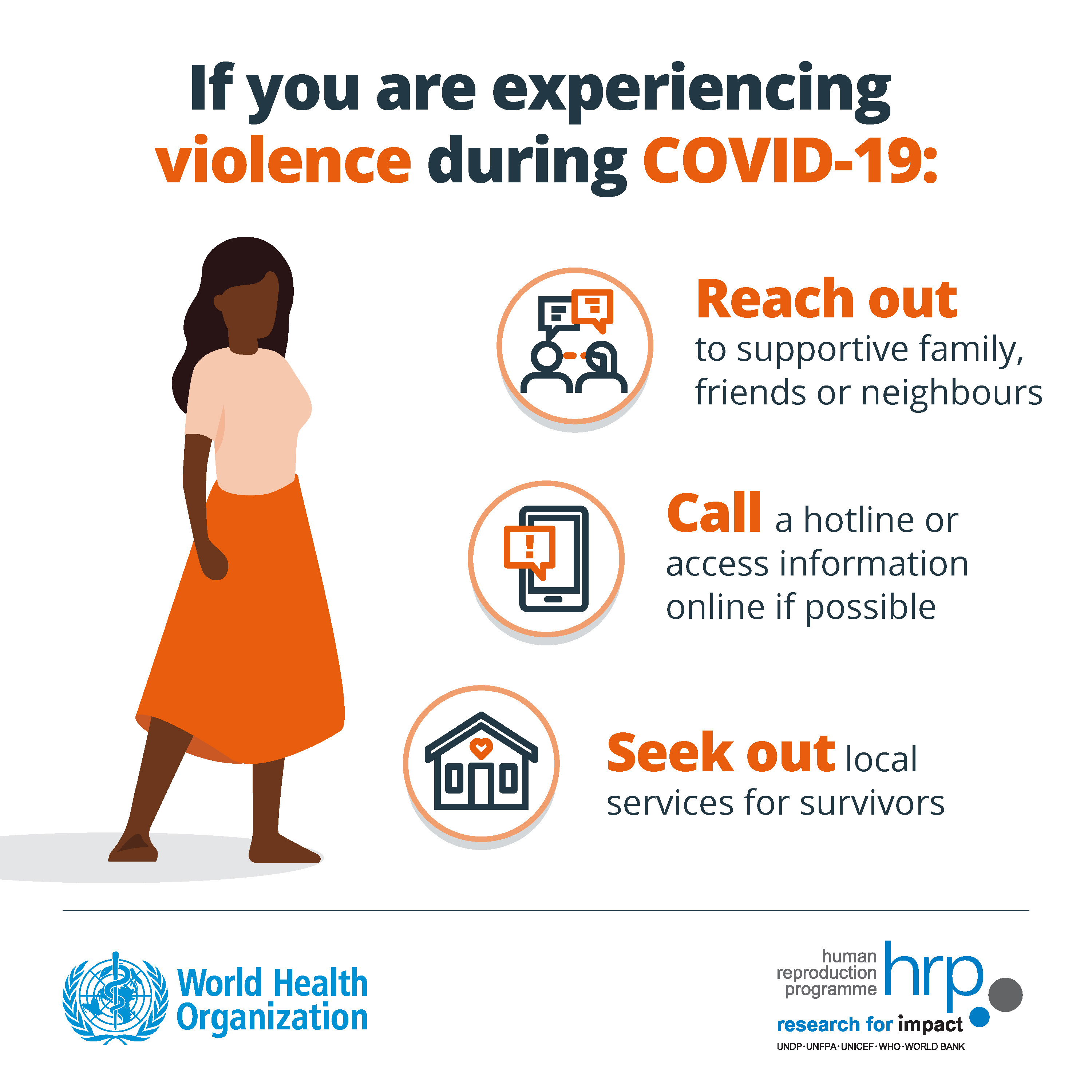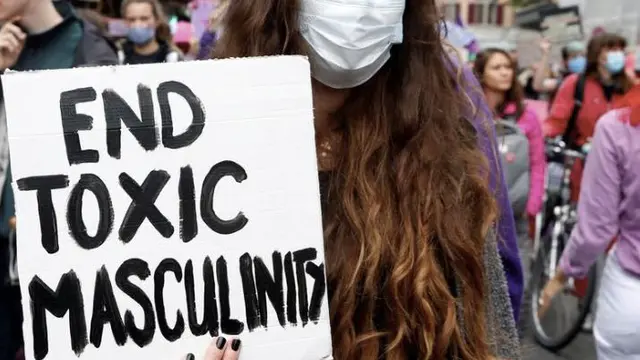
Almost one in three women globally faced physical or sexual violence at least once or more during their lifetimes, said a largest-ever study released by the World Health Organization (WHO) on Wednesday.
More than 736 million women were subjected to various forms of violence involving an intimate partner or sexual violence from a non-partner. The number of women facing atrocities has remained largely unchanged over the past decade.
However, the report released a day after International Women's Day on March 8 doesn't capture the physical and sexual abuse women underwent during the lockdowns because of the COVID-19 pandemic.
The pandemic-related restrictions and economic downturn had a devastating impact on women, girls and children. Helplines in many countries were swamped with calls from women and children seeking respite from physical, sexual and psychological abuse from their partners and parents.
"Violence against women is endemic in every country and culture, causing harm to millions of women and their families, and has been exacerbated by the COVID-19 pandemic," said Dr. Tedros Adhanom Ghebreyesus, director-general, WHO.
"But unlike COVID-19, violence against women cannot be stopped with a vaccine."
Shockingly, violence against women starts at a very early age, with one in four women in the age range of 15-24 years experiencing violence by an intimate partner by the time they reach their mid-twenties.
Around six percent of women globally reported being sexually assaulted by someone other than their husband or partner. Social stigma and fear related to reporting sexual abuse cases makes it tough to get the real picture of the issue.
But the WHO maintained many such cases are under-reported, and the actual figure is likely to be significantly higher.

/WHO
"It's deeply disturbing that this pervasive violence by men against women not only persists unchanged but is at its worst for young women aged 15-24, who may also be young mothers," said Phumzile Mlambo-Ngcuka, executive director of UN Women.
The report also found a disproportionately high number of violence against women residing in low- and lower-middle-income countries. Nearly 37 percent of women living in the poorest countries have experienced physical and sexual intimate partner violence in their life. In some of the low-income countries, every next woman experienced such violence.
The regions of Oceania, Southern Asia and Sub-Saharan Africa have the highest prevalence rates of intimate partner violence among women aged 15-49, ranging from 33 to 51 percent.
Regions with the lowest rates of violence are Europe (16–23 percent), Central Asia (18 percent), Eastern Asia (20 percent) and South-Eastern Asia (21 percent).
"To address violence against women, there's an urgent need to reduce stigma around this issue, train health professionals to interview survivors with compassion, and dismantle the foundations of gender inequality," said Dr. Claudia Garcia-Moreno of WHO.
"Interventions with adolescents and young people to foster gender equality and gender-equitable attitudes are also vital."
(Cover: A demonstrator holds a sign during a march to demand more equality and the end of violence against women, amid the coronavirus pandemic, in Zurich, Switzerland, June 14, 2020. /Reuters)
 简体中文
简体中文

